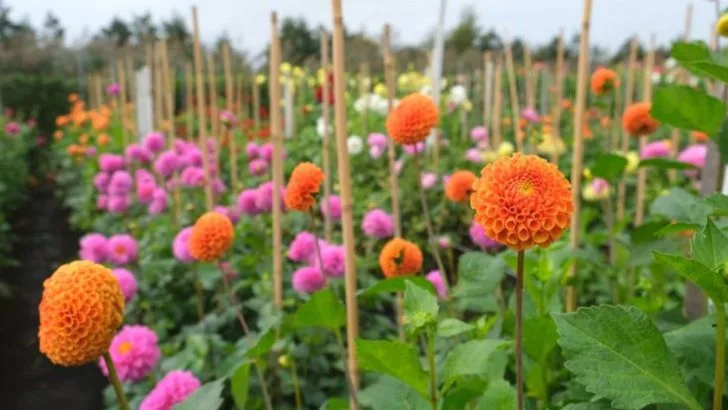In every garden, the choice of plants can make a significant difference in maintenance and aesthetics. Some plants demand support through staking, often due to their heavy blooms or tall, slender stems. Others, however, boast an inherent strength, standing robust and upright without any external assistance. Understanding these differences not only aids in garden planning but also ensures that your garden remains a visual delight throughout the seasons. In this article, we’ll explore twelve plants that require staking and eight that naturally stand tall, providing you with insights into their unique characteristics.
Tomato Plants
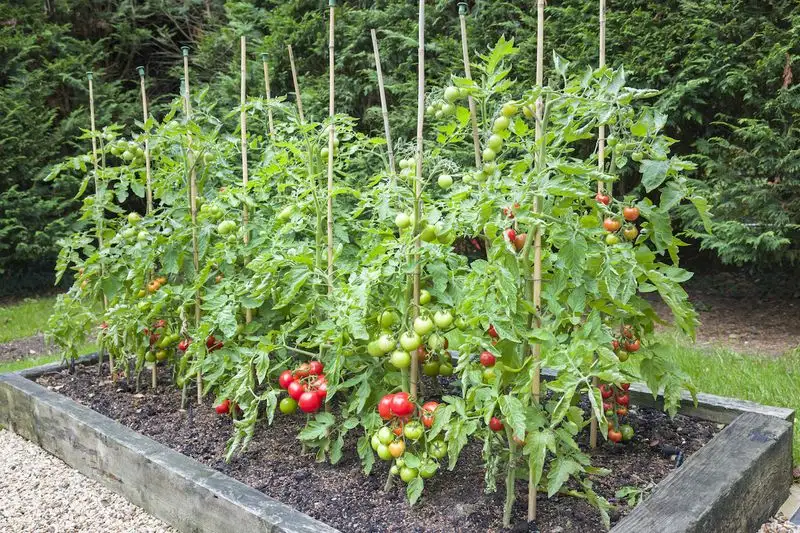
Tomato plants, with their luscious fruit-laden branches, are a staple in vegetable gardens. Their heavy fruits often cause the branches to bend, necessitating staking for support. This practice not only aids in keeping the plant upright but also prevents the fruit from touching the ground.
While staking tomato plants may seem labor-intensive, it ultimately results in a healthier plant and a more bountiful harvest. Observing a garden full of staked tomato plants is a sight to behold, with each plant standing proud, supported by sturdy stakes.
Fun fact: Tomatoes were once thought to be poisonous in Europe!
Peony
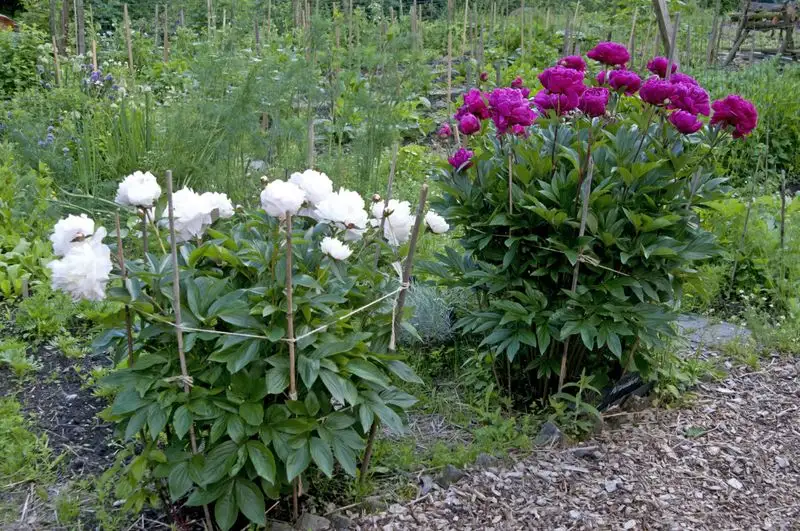
Peonies, known for their large, fragrant blooms, often require staking due to the weight of their flowers. Without support, these blooms tend to droop, reducing their striking visual impact. Gardeners who stake their peonies ensure the flowers remain upright and visible.
The vibrant colors and lush petals of peonies make them a favorite in ornamental gardens. Staking provides the necessary support, allowing them to showcase their beauty to the fullest.
Did you know? Peonies can live for over 100 years, thriving and producing beautiful blooms season after season.
Dahlia
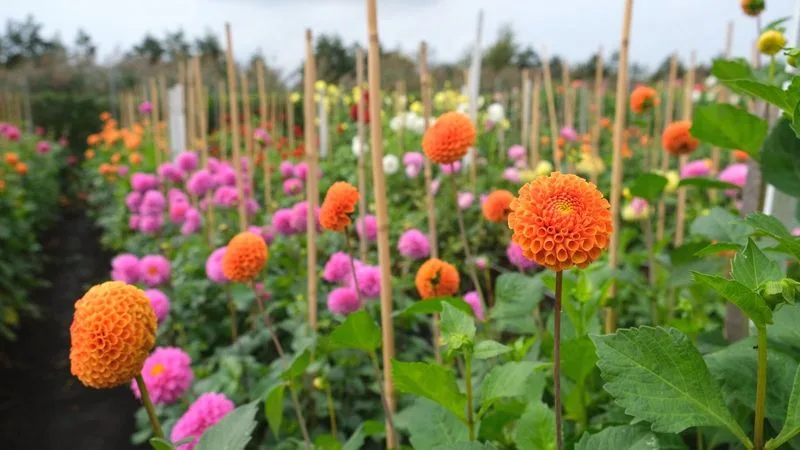
Dahlias, with their wide array of colors and forms, are garden showstoppers. Their tall, slender stems often require staking to prevent bending under the weight of their blooms. Staking ensures that these stunning flowers remain upright, enhancing their visual appeal.
Gardeners love dahlias for their long blooming period, which can last from midsummer to the first frost. By providing support, you can enjoy their beauty throughout the growing season.
Fun fact: Dahlias are native to Mexico and were used by the Aztecs as a food source.
Clematis
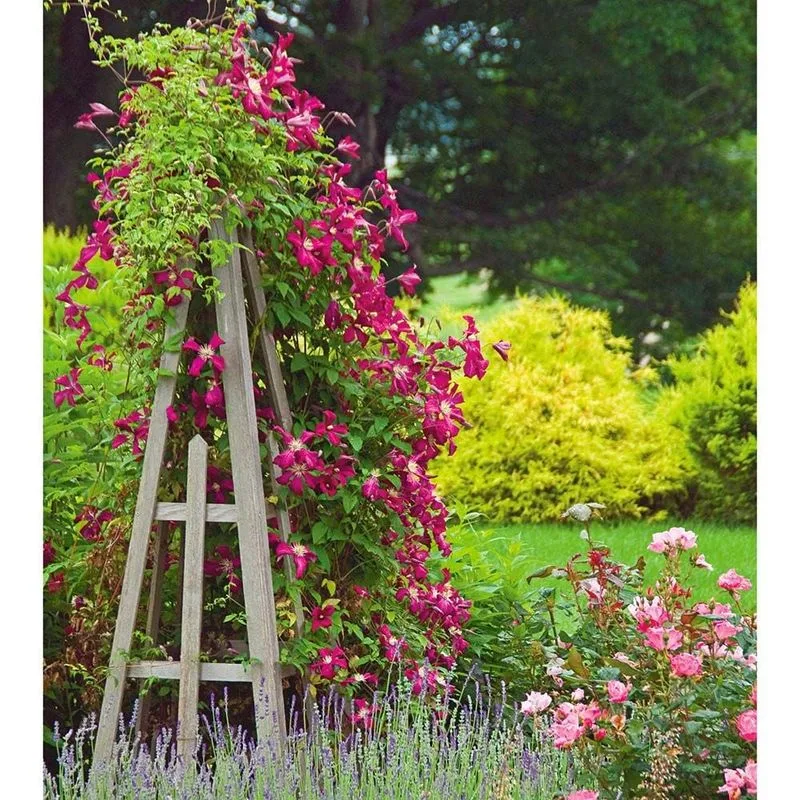
Clematis, celebrated for their climbing ability and stunning blossoms, often require a structure to climb on. While not traditional ‘staking,’ providing trellises or supports is essential for their growth.
These versatile plants can be trained to climb walls, fences, or trellises, adding vertical interest to gardens. The dramatic display of clematis flowers is a gardener’s delight, making the effort to support them well worth it.
Did you know? The clematis flower symbolizes mental beauty and ingenuity.
Sunflower
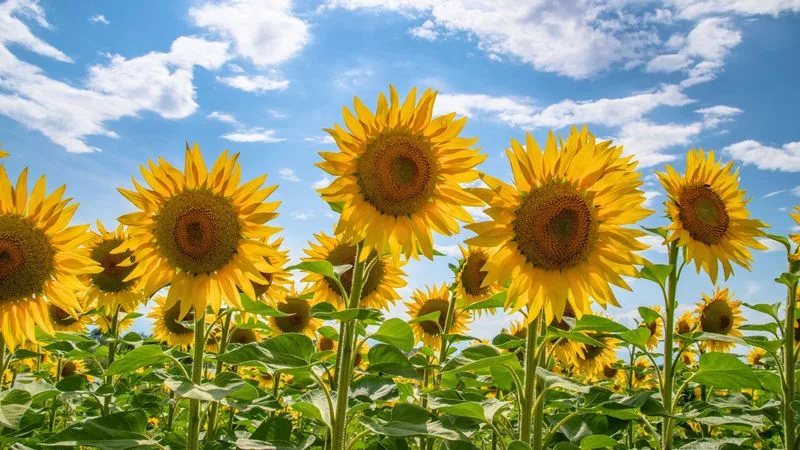
Sunflowers, known for their towering height and bright, cheerful blooms, often need staking in windy areas. Their tall stems are prone to bending, especially when heavy with seeds.
Providing support ensures that sunflowers remain upright and resilient, allowing them to follow the sun throughout the day. Staking is especially important in gardens exposed to strong winds.
Fun fact: Sunflowers exhibit heliotropism, meaning they turn their heads to follow the sun’s path in the sky.
Delphinium
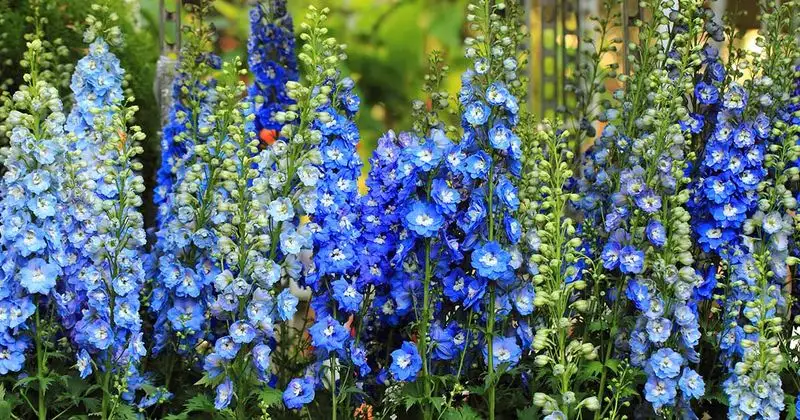
Delphiniums, with their tall spires of vivid blooms, are dramatic additions to any garden. Their impressive height makes them susceptible to wind damage, necessitating staking for protection.
These plants are known for their striking blue and white flowers that add vertical interest. By staking delphiniums, gardeners ensure these plants stand tall and maintain their structural integrity.
Did you know? Delphiniums are named after the Greek word ‘delphis,’ meaning dolphin, due to the shape of their flowers.
Gladiolus
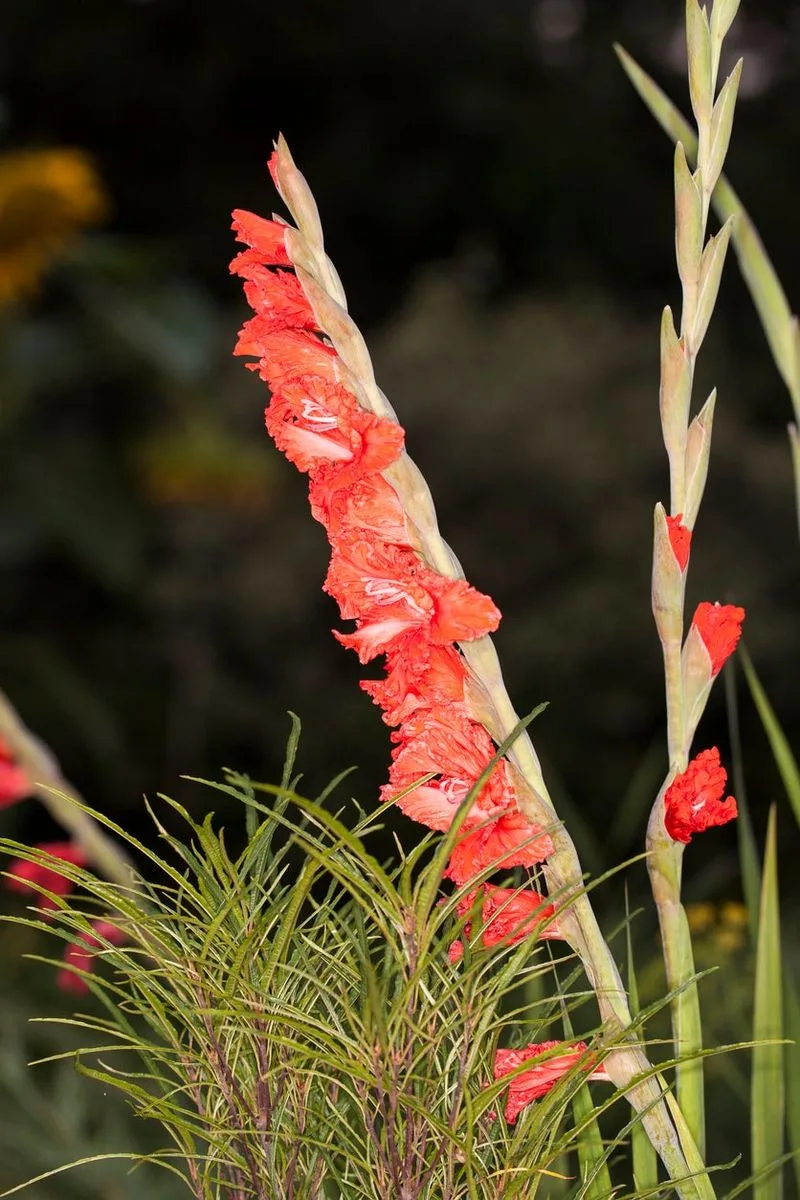
Gladiolus, with their tall flower spikes, often need staking to prevent drooping. Their vibrant blooms arise sequentially up the stem, creating a colorful display.
Gardeners who provide support for gladioli enjoy a prolonged flowering period. The stakes keep the plants upright, showcasing the flowers’ true elegance.
Fun fact: The name gladiolus is derived from the Latin word ‘gladius,’ meaning sword, due to the plant’s sword-shaped leaves.
Sweet Pea
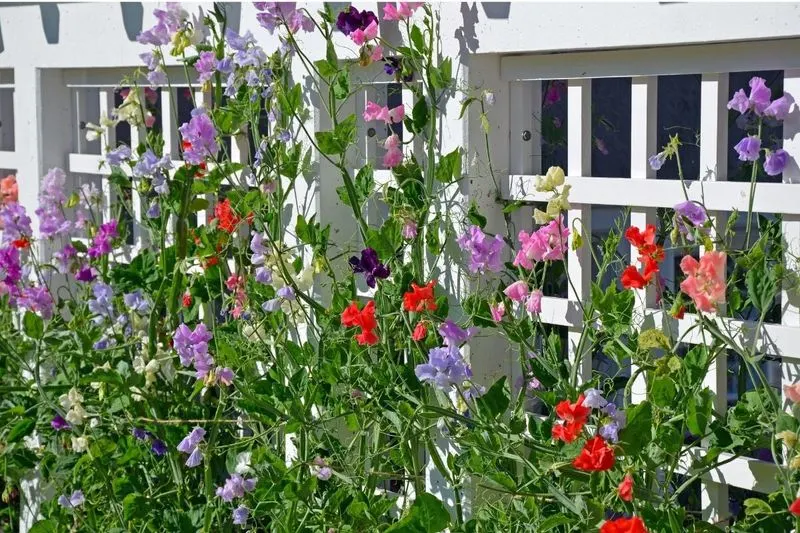
Sweet peas, beloved for their fragrance and delicate blooms, are climbers that require support. Trellises or stakes are essential to guide their growth and display their flowers.
Gardeners value sweet peas for their delightful scent, which can fill the air with fragrance. By giving them something to climb, you ensure their blossoms are on full exhibit.
Did you know? Sweet peas were first cultivated in Sicily and have been adored by gardeners for centuries.
Hollyhock
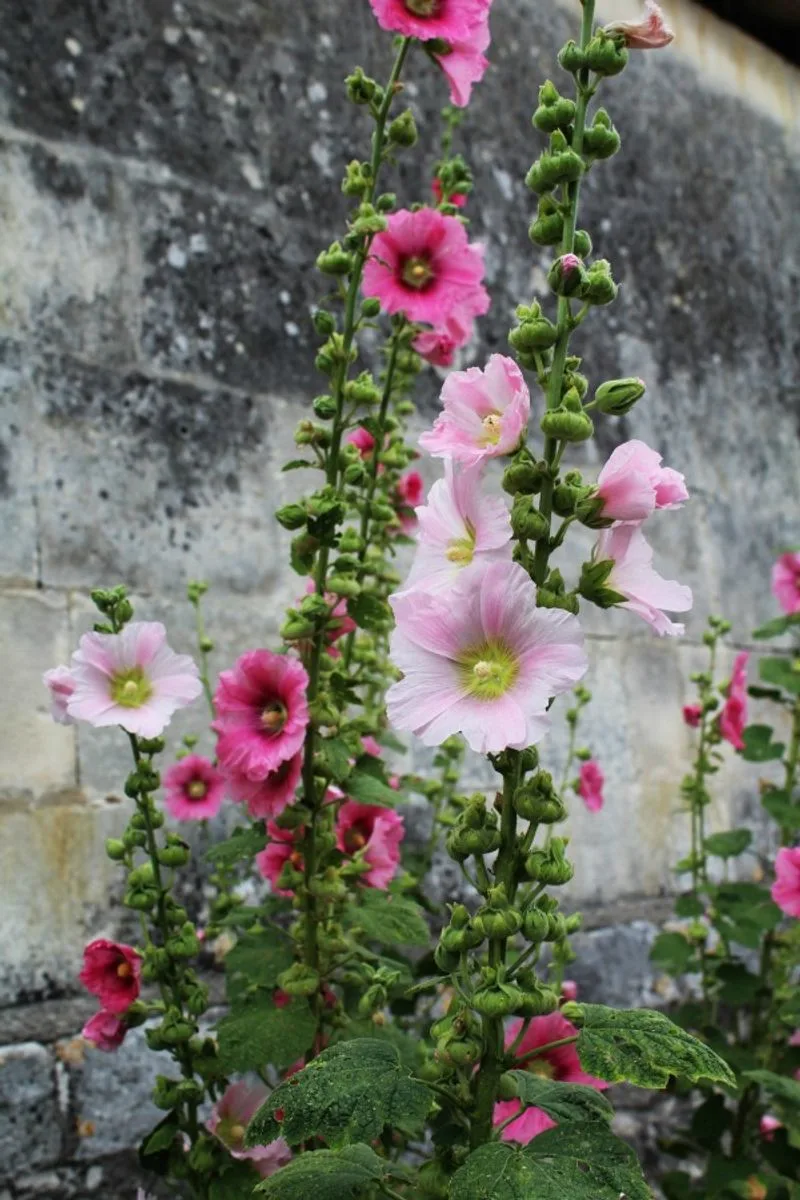
Hollyhocks, with their tall, towering stems, are iconic in cottage gardens. Their height makes them vulnerable to wind, so staking is often needed to prevent them from toppling.
The tall, spiked flowers of hollyhocks create a dramatic backdrop in any garden. Supporting them ensures they stay upright, adding vertical interest throughout the season.
Fun fact: Hollyhocks have been cultivated for over 500 years and were popular in medieval monastery gardens.
Cosmos
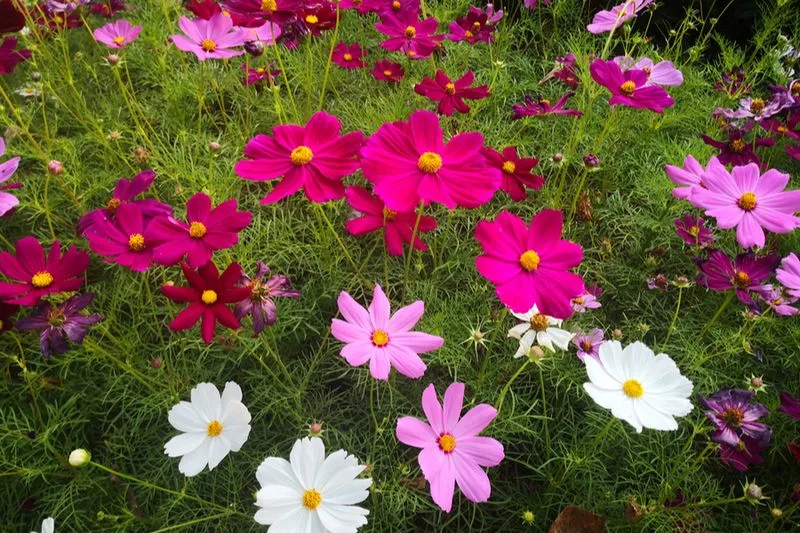
Cosmos, with their airy foliage and delicate blooms, sometimes require staking to prevent flopping. Their lightweight stems can benefit from support, especially in windy conditions.
These charming flowers bring a sense of whimsy to gardens, with their colorful array of pink, white, and orange blooms. Providing support ensures they maintain their graceful posture.
Did you know? Cosmos are native to Mexico and symbolize harmony and peace in the language of flowers.
Tithonia
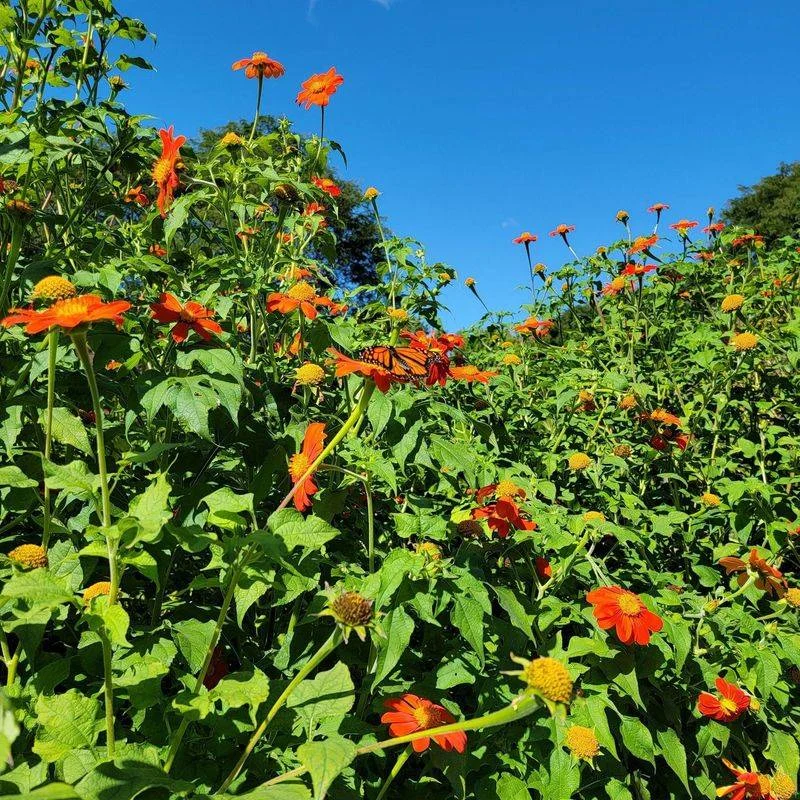
Tithonia, also known as Mexican sunflower, is prized for its brilliant orange flowers and tall stature. In windy conditions, staking these plants helps keep them standing tall and proud.
Gardeners appreciate tithonia for attracting pollinators like butterflies and bees. By providing support, you ensure that these plants remain a focal point in your garden.
Fun fact: Tithonia was named after the Greek god Tithonus, renowned for his eternal life but eternal aging.
Lavender
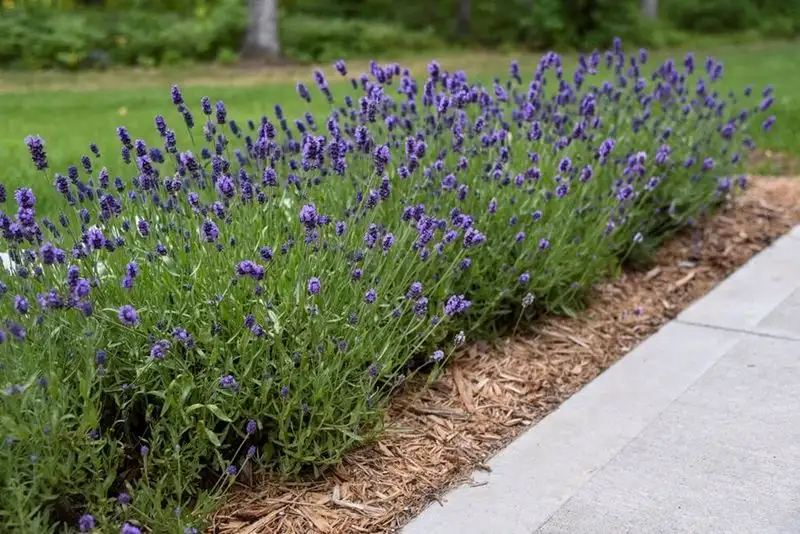
Lavender, with its soothing scent and beautiful purple flowers, stands strong without the need for staking. Its compact, bushy growth habit ensures stability even in windy conditions.
This hardy plant is a favorite in gardens for its low maintenance and drought tolerance. Lavender not only adds a pop of color but also attracts pollinators like bees and butterflies.
Fun fact: Lavender has been used in traditional medicine for centuries, believed to have calming properties.
Hosta
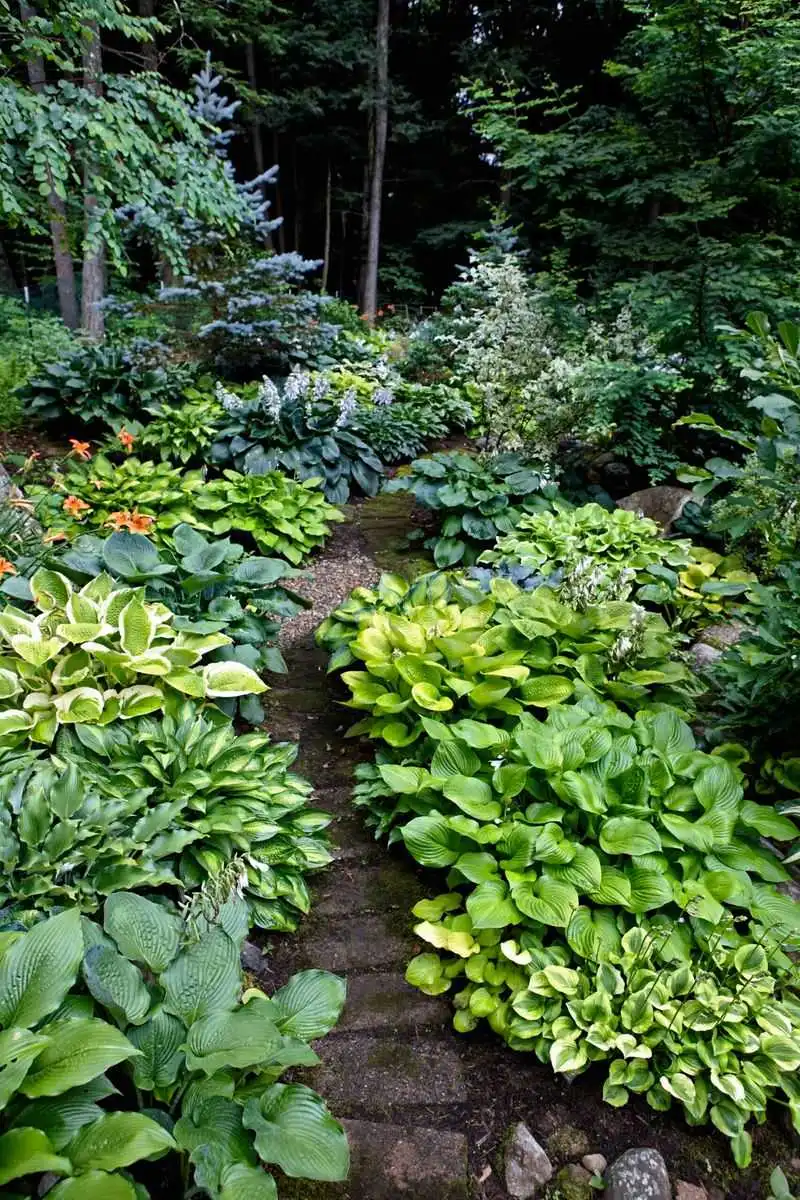
Hosta plants, known for their attractive foliage, thrive without any support. Their robust leaves and compact form keep them stable, making them popular for shaded garden areas.
Gardeners adore hostas for their versatility and resilience. They provide excellent ground cover, adding texture and color to garden beds.
Did you know? Hostas are native to northeast Asia and have been cultivated for their ornamental leaves since the 18th century.
Sage
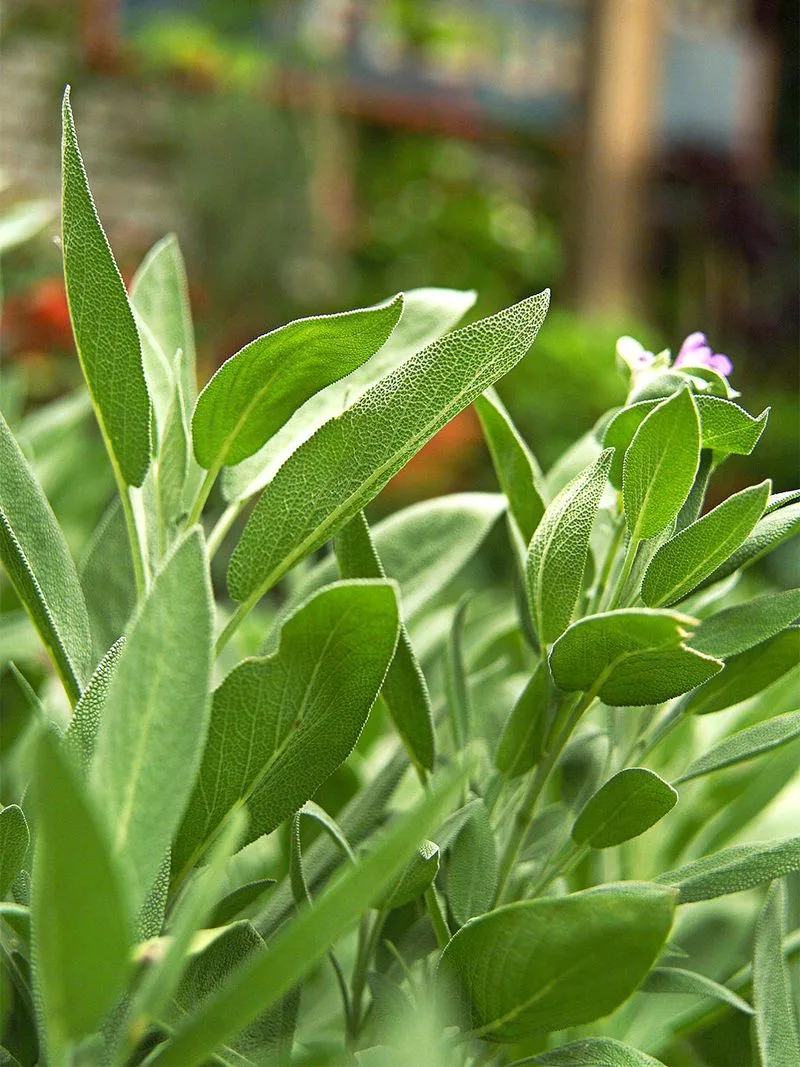
Sage, with its aromatic leaves and strong stems, doesn’t require staking. This robust herb stands tall naturally, even in breezy conditions.
As a culinary favorite, sage adds flavor and fragrance to dishes. In the garden, it provides texture and color, thriving with minimal care.
Fun fact: Sage has been used medicinally throughout history, believed to enhance memory and cognitive function.
Russian Sage
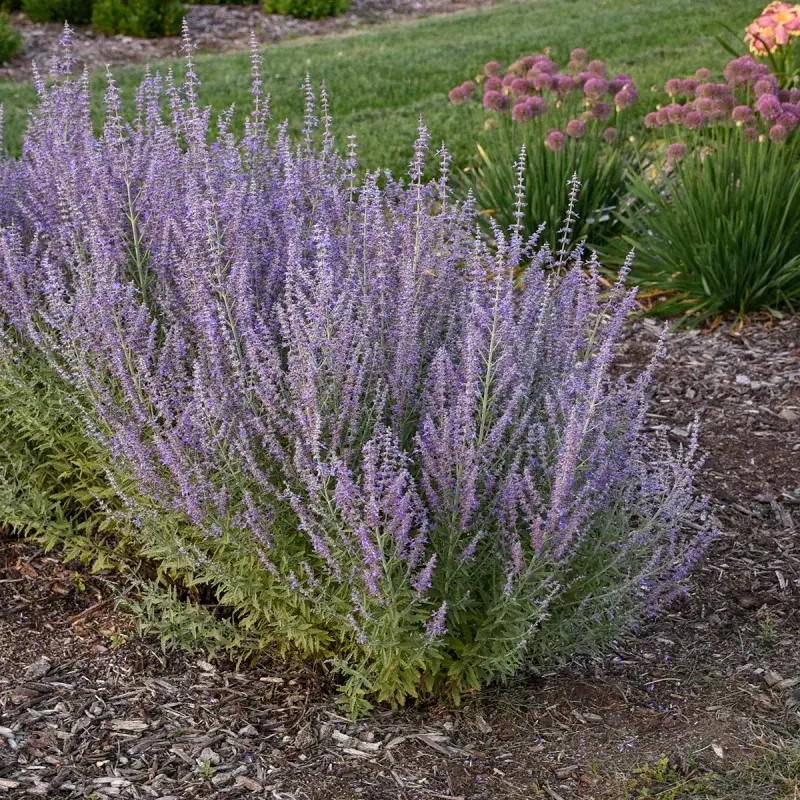
Russian sage, prized for its silvery foliage and lavender-blue flowers, stands tall and firm without staking. Its woody stems provide natural support, making it a low-maintenance choice.
Gardeners love Russian sage for its drought tolerance and long blooming season. It’s a perfect plant for adding color and texture to landscapes.
Did you know? Russian sage is not truly a sage; it belongs to the mint family and is native to central Asia.
Echinacea
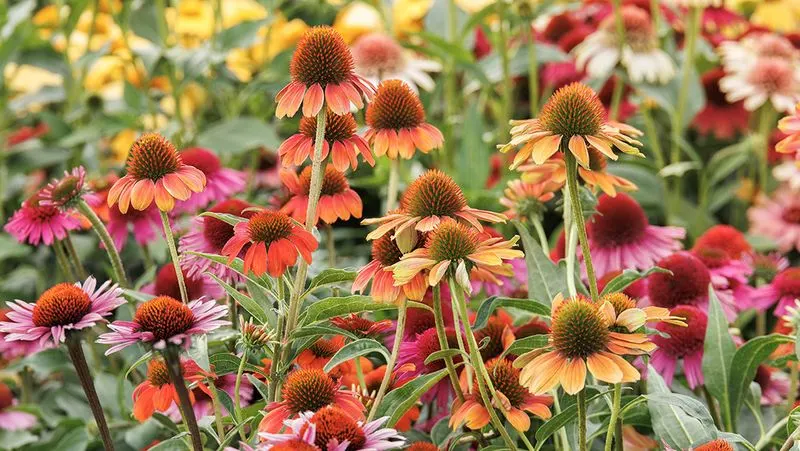
Echinacea, commonly known as coneflowers, stand resiliently tall without needing any staking. Their sturdy stems and vibrant blooms make them a favorite in garden borders.
These tough perennials are not only beautiful but also attract pollinators like bees and butterflies. Echinacea’s robust nature makes it ideal for low-maintenance gardens.
Fun fact: Echinacea has been used for centuries in herbal remedies for boosting the immune system.
Sedum
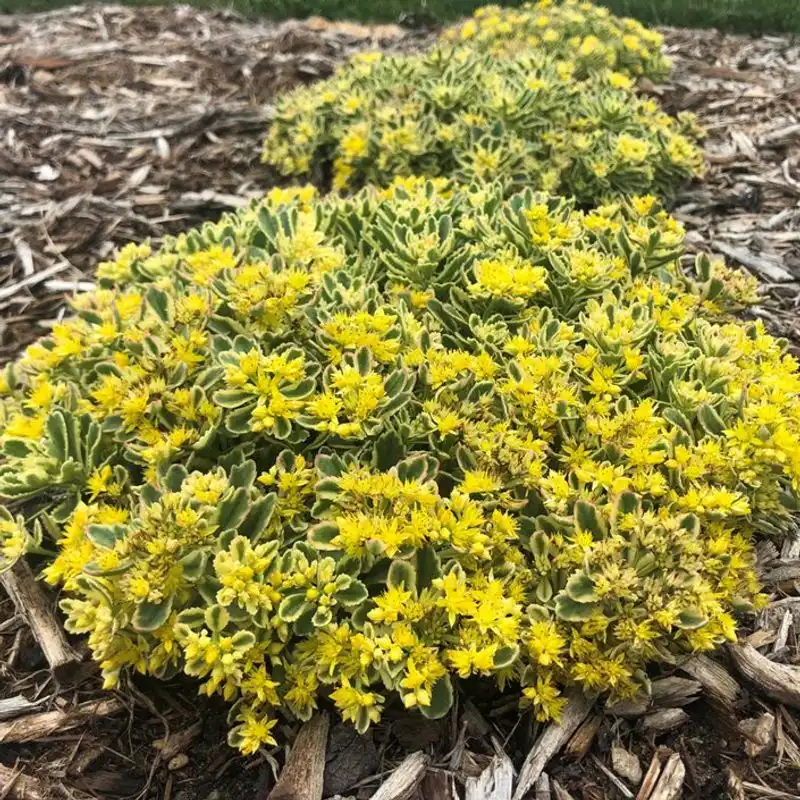
Sedum, with its succulent leaves and star-shaped flowers, is a beacon of resilience. It naturally stands upright, requiring no additional support.
Gardeners cherish sedum for its drought tolerance and ease of care. It’s a versatile plant, suitable for rock gardens and borders alike.
Did you know? Sedum is often referred to as ‘stonecrop’ because of its ability to thrive in rocky soil conditions.
Coneflower
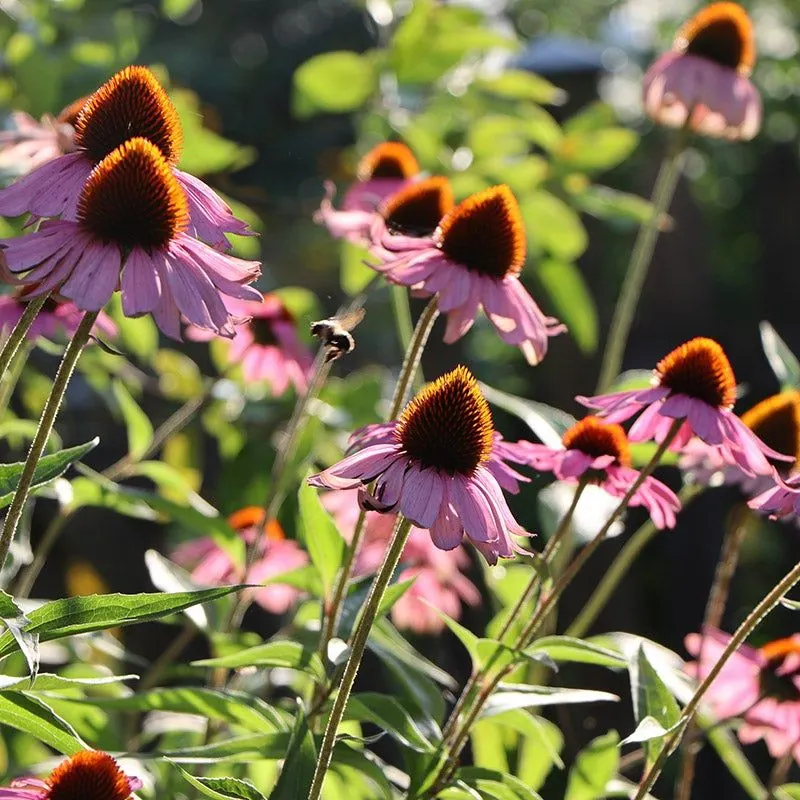
Coneflowers, with their iconic daisy-like blooms, stand strong without staking. Their robust stems and cheerful blossoms add a pop of color to any garden.
These perennials are not only beautiful but also serve as magnets for pollinators like bees and butterflies. Coneflowers are a gardener’s delight, thriving with minimal intervention.
Fun fact: Coneflowers are native to North America and have been used in traditional medicine by Indigenous peoples.
Heuchera
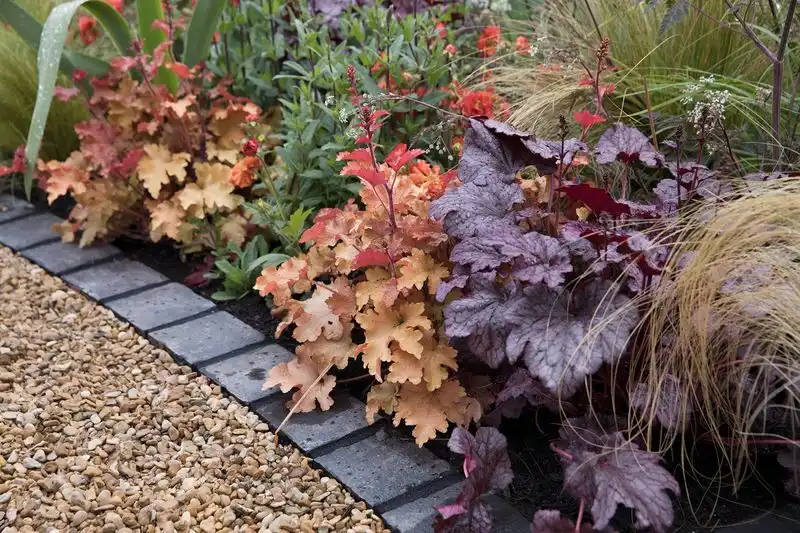
Heuchera, commonly known as coral bells, are admired for their colorful foliage. They stand firm without the need for staking, making them ideal for garden edges.
Gardeners appreciate heuchera for their ability to thrive in shaded areas. Their leaves come in a variety of hues, adding vibrant color to any landscape.
Did you know? Heuchera is named after the 18th-century German physician and botanist Johann Heinrich von Heucher.
Lupine
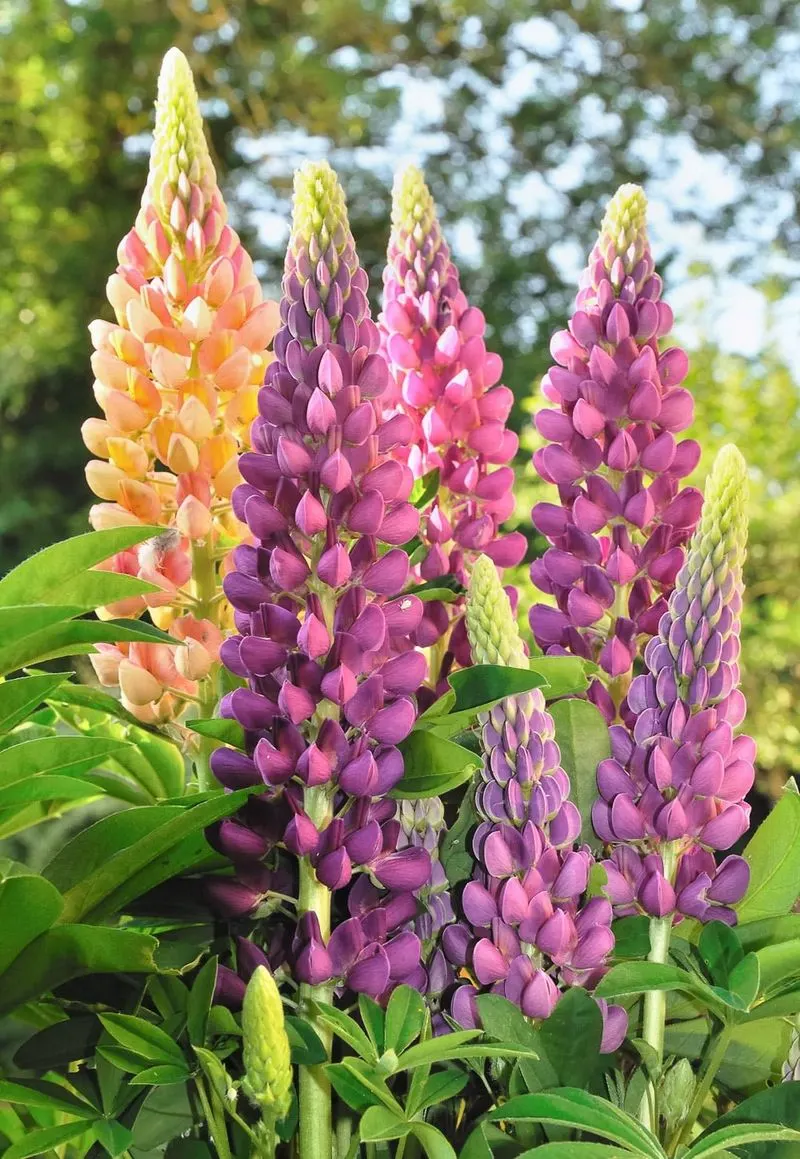
Lupines stand tall in the garden, their colorful spikes a testament to nature’s artistry. Despite their sturdy appearance, these beauties can easily topple without support. Imagine a sudden gust of wind threatening their majestic posture. That’s why staking is vital.
In early spring, as they begin to shoot upwards, gentle stakes ensure they reach their full potential. Their spikes, rich in blues, purples, and pinks, create a stunning vertical display.
Did you know? Lupines fix nitrogen, enriching the soil around them. Thus, staking not only protects but sustains their growth season after season.

